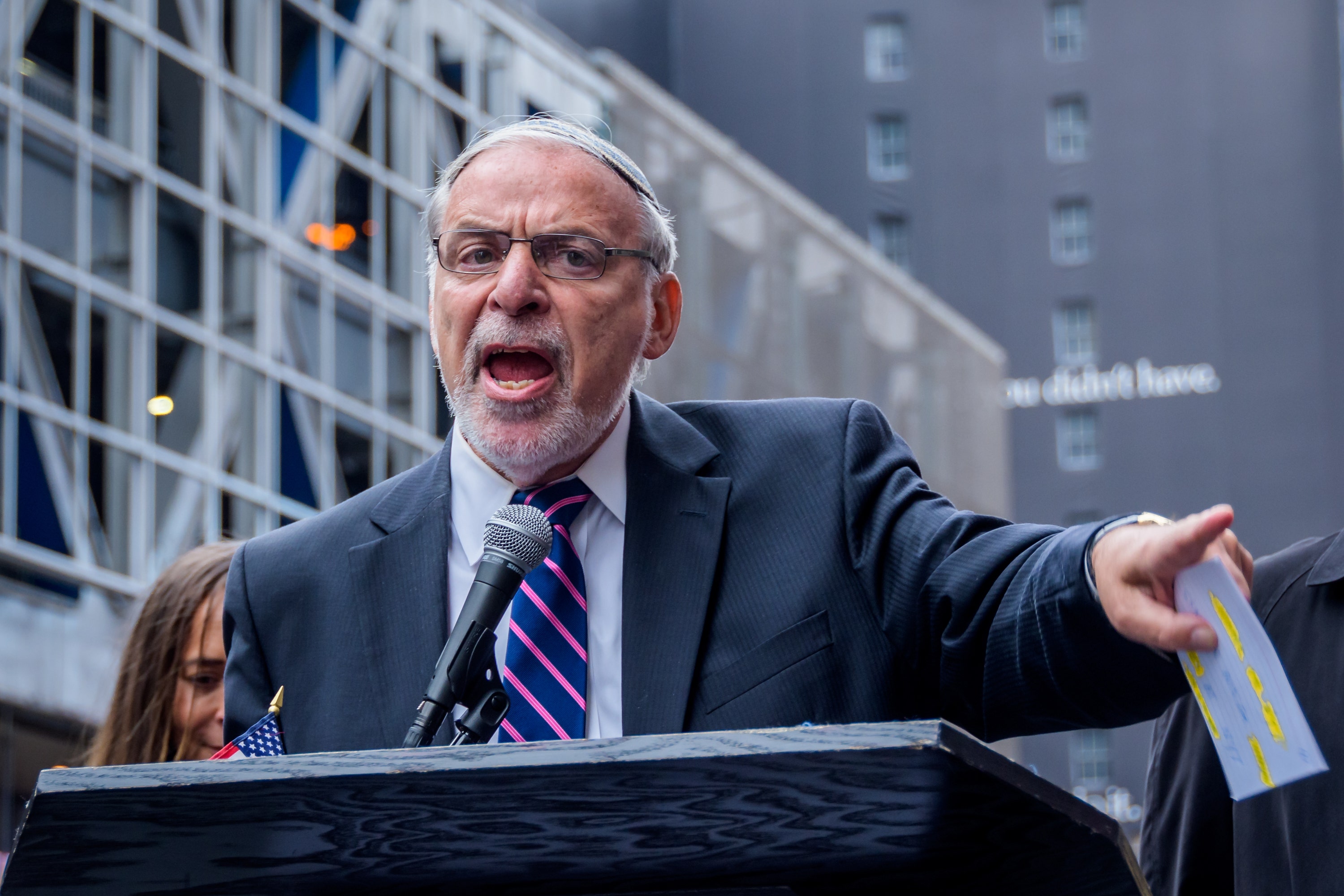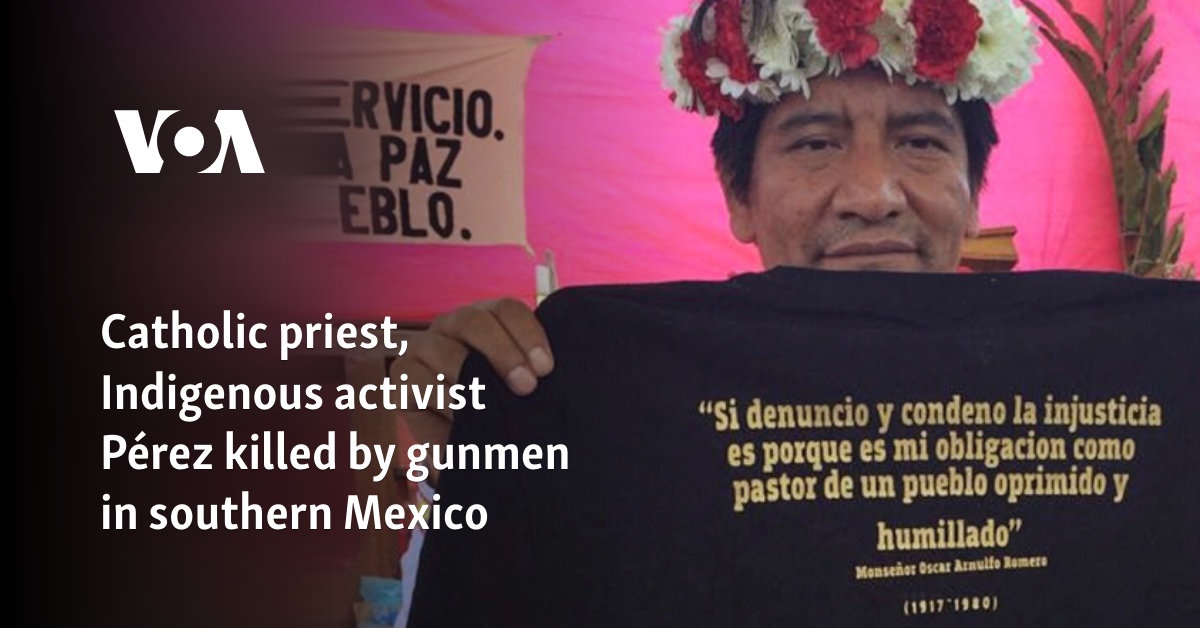It is 103 degrees in October, on the 18th consecutive day of record-breaking heat in the city of Phoenix, and the streets downtown are deserted when an empty white sedan whizzes soundlessly past me, then pulls to the side of the road. I approach the Uber I’ve just called gingerly, eyeing the unoccupied driver’s seat, unlock the door with my phone, and slide into the back. The car lurches forward in the direction of the nearest intersection, and an affectless robot voice asks me to please refrain from grabbing the steering wheel.
Metro Phoenix is the largest market in the country for the autonomous car company Waymo, whose driverless cars roam freely throughout more than 300 square miles of the Salt River Valley. The robot and I glide past pawn shops advertising GUNS, GOLD, TITLE LOANS in neon spray paint, en route to Tempe, the same neighborhood where, in 2018, a self-driving Uber with a human behind the wheel hit and killed a pedestrian as she was walking her bicycle across the street. (Uber the company was found not liable for her death; the human Uber hired to sit in the driver’s seat was found guilty of reckless endangerment and sentenced to three years supervised probation.) There have been other incidents in the Phoenix area since: In May, a Waymo slammed into a wooden utility post, and in June, an unmanned Waymo ran a red light and navigated into an oncoming traffic lane after a police officer tried to pull the vehicle over. (“UNABLE TO ISSUE CITATION TO COMPUTER,” the officer wrote in his report.)
Arizona became the capital of autonomous cars thanks to the state’s former Republican governor, Doug Ducey, who in 2015 directed state regulators to use their power to make it as easy as possible for self-driving car companies to pilot their products in the state. It is a point of pride for Republicans like Ducey that Arizona has one of most permissive regulatory environments anywhere in the country — as it relates to everything except abortion.
Editor’s picks
There are more than 40 restrictions regulating aspects of abortion care in the state of Arizona. The state requires abortion seekers to undergo a medically-unnecessary ultrasound, to attend a mandated counseling session, and then to wait at least 24 hours before returning for the procedure. Arizonans under the age of 18 face additional barriers: They’re required to obtain permission from their parents or a court before they can pursue a pregnancy termination. The state bans the use of telemedicine for abortion care and prohibits the mailing of medication abortion. Nurse practitioners, midwives, and physician assistants are prohibited by law from performing abortions; only licensed doctors — with admitting privileges at a hospital within 30 miles of their clinic — are legally allowed to provide such care.
Those restrictions — a small sample of the dozens on the books — apply to abortions before 15 weeks. After 15 weeks, thanks to a bill Ducey signed into law in 2022, abortions are totally banned in Arizona, with one exception: a “medical emergency” when treatment is necessary to avoid the pregnant person’s death or “substantial and irreversible impairment of bodily function.”
That broad language leaves doctors in the impossible position of trying to assess how sick their patients must become before they can provide care without putting themselves at legal risk. It can be difficult to land on where that point is exactly — even when the patient is a medical professional who is able to understand and articulate what she is experiencing in clinical terms, like Ashley Ortiz.
Ortiz has been a practicing physician assistant for the last 10 years, working in pediatric surgery, emergency medicine, primary care, and now psychiatry. She was relieved last year when she got pregnant almost as soon as she and her husband began trying.
“We were going to have a boy,” Ortiz tells me. “And our scans were going really well. But on our 20-week anatomy scan, I realized I was in pre-term labor during the scan: We could see that my cervix had opened and that the baby’s foot was actually out.” At just 20 weeks, he had no chance of survival, but, at the same time, with his foot protruding from her uterus, Ortiz’s potential for deadly infection was now extremely high. She knew all of this before the doctors told her.
Related
She also knew that if she had been in this position two years earlier — before Ducey signed Arizona’s 15-week abortion ban into law — a doctor could have administered a medication that would help her deliver the non-viable fetus safely, at very little cost, with a low risk of infection, during a short hospital stay.
Instead, a few days before Christmas, Ortiz was admitted to the hospital for monitoring — waiting, essentially, until she was sick enough that doctors and hospital lawyers felt they were on solid legal ground to end her pregnancy. She waited, and she grew sicker. “After a day or so, my blood pressure was so low that I wasn’t allowed to leave the bed,” she remembers. “I couldn’t stand anymore, but my labor had stalled.”
At that point, she and her husband began calling clinics in Nevada working on alternative plan: “We would leave the hospital, even though I was that sick, and then drive the six-and-a-half hours through the desert to get there and try to get this procedure before I got sepsis and lost my uterus, or died at the hospital,” she says flatly.
Just before they were set to leave the hospital, Ortiz says, “The baby’s heart — or the fetus’s heart — stopped on its own, on Christmas Eve. And they were able to then give me the medicine to help me deliver.” Ortiz delivered the fetus vaginally, but her placenta was stuck, “so at about midnight on Christmas morning, I had an emergency D&C [a surgical abortion] anyway.”
The procedure took longer than expected, worrying her husband. “He thought it was gonna be a 30-minute procedure, and I didn’t come back for over 90 minutes. He thought I died,” Ortiz says. She was also traumatized by the experience, for a different reason: “When they do those procedures, you tend to be sedated and you can’t really feel anything, but you sure can hear everything… It was very disturbing.”
All told, Ortiz’s “Christmas staycation” — as she and her husband jokingly refer to those four days in December last year — added up to more than $50,000 in hospital bills.
“I think the hardest part for me was being there and feeling like my rights as a human being were less than those of this non-viable fetus,” she says.
Ortiz was subjected to that ordeal under Arizona law as it currently stands. But for a brief moment earlier this year, things were poised to get even more barbaric: On April 9, the state Supreme Court’s conservative majority ruled that a near-total ban on abortion signed into law in 1864 — when Arizona was still a territory, more than a half a century before women won the right to vote — superseded the 15-week ban Ducey signed in ‘22.
“Absent the federal constitutional abortion right… [the 1864 ban] is now enforceable,” Justice John Lopez wrote, on behalf of the majority. Doctors, he went on, “are now on notice that all abortions, except those necessary to save a woman’s life, are illegal.”
The decision unleashed a torrent of chaos, confusion, and public outrage so powerful that Republicans officials were, reluctantly, forced to act: After refusing — twice — to consider repealing the Civil War-era ban, three GOP representatives in the House crossed party lines in April to rescind the bill on the House’s third attempt. Two Republicans in the state Senate joined all Democrats in the chamber to support the repeal, and it was quickly sent to Democratic Gov. Katie Hobbs’ desk.
But even after Hobbs signed the bill into law, there was confusion over whether the ban could be enforced before the legislative repeal was official. (New laws in Arizona take effect 90 days after the end of the legislative session.)
Those fears were mostly put to rest by Democratic Attorney General Kris Mayes, who announced her office would not enforce the ban. But the entire messy affair demonstrated how precarious access to abortion is in Arizona, and just how much every last vote matters here: Mayes was in the position to determine the law that could affect millions of women in Arizona would not be enforced because she won her election — against a Republican who favored the 1864 ban — by just 280 votes.
THE DAY BEFORE I was picked up by a robot-operated Uber, I was picked up by a human one — a grandmother who offered me a fig bar and bottle of water from the ice chest on her front seat. A conservative who has lived in Arizona her entire life, she told me that she opposed abortion personally, but she didn’t like the idea of lawmakers telling a woman what to do with her body. She said still needed to do some reading about Proposition 139 — the ballot measure seeking to enshrine the right to abortion in Arizona’s constitution this November — but she was inclined to support it.
She is the kind of voter that the nonpartisan organizers behind Prop 139 are counting on to ensure the measure, which would protect access through the point of fetal viability, or roughly the 24th week of pregnancy, is approved.
Sponsors of the measure, Arizona for Abortion Access, nod to the state’s libertarian streak in their messaging. “I’m born and raised in Arizona, and there is one thing that I know that we can all agree on, and that is that the government and politicians have no place making these personal health care decisions, actually between our patients and our families,” Kaylan Fodor, state director for Healthcare Rising Arizona, one of the groups behind the effort, told a crowd of more than a hundred supporters, from the back of a flatbed truck at a dusty South Phoenix farmers market in early October.
Last year, the group collected more than 820,000 signatures — the most ever submitted for a citizen-led ballot initiative in Arizona’s history — to qualify Prop 139 for the ballot. Since then, they’ve recruited a small army of volunteers, 7,000 and counting, to speak with voters about what Prop 139 would be able to achieve if passed.
Polling indicates that the measure enjoys overwhelming support in Arizona — a recent survey found 58 percent of voters in favor of Prop. 139, and just 35 percent opposed — but, even in the absence of a strong opposition, organizers are leaving nothing to chance: After remarks from Fodor and Planned Parenthood’s CEO, Alexis McGill Johnson, volunteers will be dispatched to neighborhoods across metro Phoenix with a list of names and addresses the group is hoping will turn out in support of the measure.
Like in many places where measures to protect abortion access have appeared on the ballot, no robust challenge to Arizona’s measure has yet emerged, beyond handmade signs popping up in the more conservative and Mormon-dominated suburbs of Phoenix claiming the measure would support “abortion up until birth.” (It will not.)
The most meaningful critique of the measure might actually come from supporters of abortion rights who feel Prop 139 does not go far enough to protect access. Eloisa Lopez is the executive director of Pro-Choice Arizona and the Abortion Fund of Arizona, a volunteer-run organization that has not endorsed the measure. “It is frustrating to see millions of dollars getting poured into ballot initiatives when a lot of that money is not helping anybody access abortion care today,” Lopez says.
The ballot initiative, she adds, “is a stepping stone to more protections, but I think [in my world] there’s some disillusionment around it because people think if it passes, then abortion is saved and protected in our state, and that will not be the case… Even if states cement these protections, if people still can’t pay for their abortions, these protections are not helping people, and that’s our position.”
Prop 139 will protect abortion access up to roughly 24 weeks or so, but the irony of running a non-partisan campaign to protect abortion is that dozens of additional restrictions on abortion in Arizona will only be repealed if Democrats can gain control of the state legislature.
This November, the party has the opportunity to flip both chambers; Republicans currently hold a narrow 2-seat majority in both the state House and state Senate, but some advocates are optimistic that the recent dust-up over the 1864 ban raised attention about just how critical those seats are for Arizonans. It will be a coup, if they manage to pull it off: Democrats haven’t controlled both chambers since 1966.
Athena Salman knows better than anyone how critical flipping those seats will be. Elected to state legislature at age 27, Salman represented a Tempe district for eight years. During that time, she sought, repeatedly and unsuccessfully, to convince her colleagues to repeal the 1864 ban.
A mother of two, she’s now focused on expanding reproductive rights as the director of state campaigns for Reproductive Freedom for All, formerly NARAL, the national organization advocating against restrictions on abortion, and one of the major partners working to pass the measure.
Prop 139 would create a fundamental right to an abortion before viability, but, as Salman points out, “You still need lawmakers and people on the courts who believe in, and that are committed to upholding that right.”
That sweltering Saturday in October, I join Salman as she canvasses for Prop 139. It’s over 100 degrees, but Salman, who knocked doors for the measure all summer long, barely breaks a sweat. Our turf is a sun-bleached swath of suburban South Tempe, a network of curling cul-de-sacs lined with dusty, xeriscaped ranch-style homes. She uses an app called MiniVAN on her phone to guide us: On it, are the names, ages, and party registration of the voters in the specific neighborhood.
Canvassing tends to involve some amount of profiling: Is there a car in the driveway? (Someone might be home, and willing to talk.) Chalk drawings in the driveway? (Kids in the house — typically a good sign.) A decorative cross on the house? (They might be Catholic and, potentially, less persuadable on Prop 139). Literature left by previous canvassers on the doorstep? (Don’t count on anyone answering the door.)
There were 29 homes on our list: At 23 of them, no one answered. Of the six who did, three people greeted us enthusiastically: two white moms with small children, one Black man in his 40s. All three already had their ballots filled out. (“I saw your shirt — that’s why I opened the door,” one woman gushed.) Two other men answered their doors, but politely excused themselves when they understood the purpose of our visit. (Both were Latino; one had a Donald Trump sign outside his house.) And one young white mom dismissed us bluntly: “No, I want to keep it how it is: 15 weeks.” (Salman noticed the cross hanging on her house as we walked away.)
To those who did express support, Salman mentioned two other races that could be critical to protecting reproductive rights in Arizona: Voters have the opportunity this fall to remove two of the four state Supreme Court justices who allowed the 1864 ban to go into effect. If the judges are recalled, Katie Hobbs would get to appoint their replacements — the first time a Democratic governor will have been in that position in Arizona since Janet Napolitano in the early aughts.
EVEN THOUGH PROP 139 is poised to pass with overwhelming support in Arizona, it is an open question whether the ballot measure will have any influence over other races on the ballot this November. Some speculate the measure could offer a permission structure for pro-choice Trump supporters to feel more comfortable casting a vote for the man who proudly claims credit for ending the federal right to abortion, so long as they are also voting to protect access in their own state.
On the other hand, Rodd McLeod, a Democratic consultant who works with Healthcare Rising Arizona, one of the organizations supporting Prop 139, says it’s possible that the measure’s existence on the ballot could boost Kamala Harris’ margins in the state simply by turning out more female voters under 40 than the number that may have shown up otherwise.
The Harris campaign certainly recognizes the salience of the issue to her candidacy, which is why they’ve been holding events highlighting the vice president’s commitment to reproductive freedom all around Arizona.
After canvassing with Salman, I headed to a renovated warehouse in downtown Phoenix, the kind with crystal chandeliers strung from raw wood beams that looks like it usually plays host to expensive weddings. There was a long list of surrogates — First Lady Jill Biden; Arizona Sen. Mark Kelly and his wife, former Rep. Gabby Giffords; Senate candidate Ruben Gallego; Breaking Bad’s Bryan Cranston; and Sophia Bush from One Tree Hill — all lined up to highlight Harris’ commitment to protecting abortion access.
One by one, the speakers raise alarms about policies that might be enacted if Trump is elected this November — including the possible revival of the Comstock Act, a 150-year-old law that Trump allies have touted as a de facto national ban on abortion. Left mostly unsaid is the fact that without a Democratic majority in both the House and Senate — and commitment from Democrats to end the Senate’s 60-vote requirement for most legislation — there is very little that Harris could do to protect abortion access in ways that the Biden administration hasn’t yet.
Twice, speakers are interrupted by activists protesting U.S. involvement in Israel’s assault on Gaza, both of whom are then aggressively herded, screaming, out of the room. “These politicians on stage do not care about reproductive freedom for all,” one of the two women ejected from the event, tells me outside. (She won’t give her name.) “What about Palestinian women who are currently being bombed? Babies are being killed, children are being killed, pregnant women are being killed. They don’t have food, they don’t have water, they don’t have medicine, they’re not even able to give birth safely — so what is this message they are trying to send about reproductive ‘freedom.’ For who?”
Trending
It remains to be seen whether Arizona — which voted for Trump in 2016, and against him in 2020 — will swing back his way this year or not. But the Harris campaign is determined to contest the state: Staffers boast they have the largest Democratic presidential campaign infrastructure in Arizona history, with more than 200 full-time staff on the ground and 19 coordinated offices. That’s including the one in Tempe that was shut down after it was shot at on three different occasions. (Jeffrey Michael Kelly, a 60-year-old man suspect in those shootings, was in possession of 120 guns, 250,000 rounds of ammunition, and a grenade launcher when he was arrested; authorities have said they believe he was “preparing to commit an act of mass casualty.”)
Despite the campaign’s investment, Harris has not led in polling averages of Arizona since joining the race. If the forecasts hold, Arizona appears poised to enshrine abortion rights in the state constitution, while sending a pro-choice Democrat to the U.S. Senate — and casting its electoral votes for the man who is singularly responsible for overturning Roe.

 2 hours ago
1
2 hours ago
1
















.png)

.png)
.png)
.png)













 English (US) ·
English (US) ·  Hindi (IN) ·
Hindi (IN) ·